I’m at a point in my Nebbiolo-drinking career where I honestly can’t say whether I prefer Barbaresco and Barolo more than the other Nebbiolo-oriented appellations of Northern Italy, such as Gattinara, Valtellina and Roero. I might be the only one willing to admit this, but there you go.
What I do know is that there is a style of Nebbiolo that I prefer: the more delicate expressions that are often found in Barbaresco, the La Morra side of Barolo, Roero, and further afield in Valtellina.
But in terms of sheer surprise, I’d like to at least posit that the 2009 Enrico Serafino Roero is a supremely rewarding, top-notch wine. And at $13, it is perhaps the most astonishing red wine I’ve had all year. If we measured wine by its “return-on-investment” (thank God we don’t), this one would outpace several $50-plus bottlings of Barbaresco and Barolo.
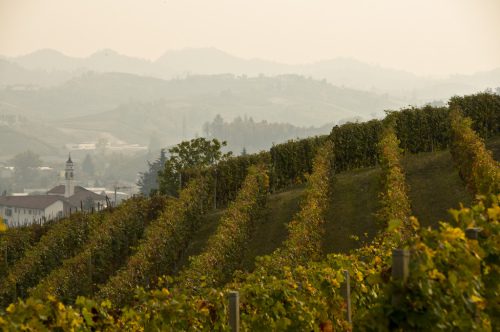
It hails from Roero, a winemaking region located just north of Alba which is slightly bigger in size than both Barolo and Barbaresco. It is best known for its beautiful white wine, Roero Arneis, but its red wine, made of Nebbiolo, was accorded DOCG status in 2004, the highest level handed out to Italian wine appellations.
But even with that classification, Roero seems permanently hidden in the shadow of Barbaresco and Barolo. Very little Roero DOCG is sold in the United States, mostly because it is simply unknown.
In fact, despite being a Nebbiolo obsessive, I had very little awareness of it.
Towards the end of our Spanish wine tasting party a week ago, one of my friends asked “so what else you got?” We headed downstairs to my wine racks, and without much thought, I reached for the Enrico Serafino, which I bought on a whim.
Because of the grape, my expectations were moderately high. Perhaps it would mirror the rich and seamless — if somewhat anonymous — drinking profile of a Nebbiolo Langhe, but it probably wouldn’t reveal a whole lot more than that.
Boy, was I astonished from the moment I poured a glass. The aromas that lifted from the rim were incredibly intense and wonderfully floral, reminiscent of both roses and violets. The palate was even and smooth, with a vibrant fruitiness that drew more parallels to Beaujolais’ Moulin-à-Vent than Barolo. In fact, the typical tannic punch of Nebbiolo was reduced to a mere whisper. If you love Barolo, perhaps this wine isn’t for you, but I found its subtlety and elegance beguiling.
One thing that distinguishes Roero’s version of Nebbiolo is the sandy soil of the region. Here, Nebbiolo expresses a softer, more delicate side than it does from the clay and sandstone soils on the other side of the Tenaro River, where Barolo and Barbaresco reside. Winemakers of Roero DOCG are also allowed to blend a mere 5% Roero Arneis into their wine, lending it a touch of fruity fragrance. (Although, I should note that the Enrico Serafino is 100% Nebbiolo).
By night’s end, there was enough leftover for one more glass the next day, and it certainly maintained its structure and aromas well.
Delicate yet assertive, fine yet affordable, I could drink a glass of this wine any night.
2009 Enrico Serafino Roero
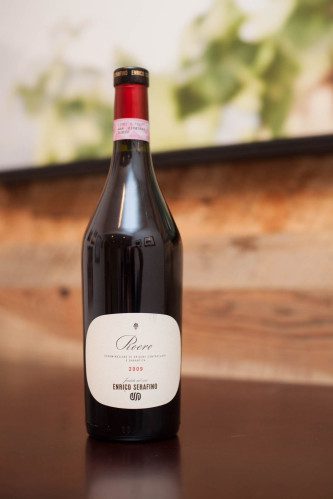 Roero DOCG, Italy
Roero DOCG, Italy
Grape: Nebbiolo (100%)
Alcohol: 13.5%
Rating: ★★★★★ (out of five)
• Aromas, Flavors & Structure ★★★★★
• Food friendliness ★★★★★
• Value ★★★★★
Tasting notes: Clear garnet color with a little browning from age. Rich, heady aromas that you could smell for hours, recalling fresh bing cherries, wildflowers, wet earth after a rainstorm, licorice and baked bread. The palate is juicy and delicate with supple tannins and a lingering finish. Amazingly light; perhaps the lightest Nebbiolo wine I have had. One of the best wines of the year.
Recommended for: Absolutely ideal for charcuterie, sharp cheeses and all kinds of crudo or steak tartare.
Additional Reading
- Consorzio Tutuela del Roero – Consortium of Reoro Winemakers website, with good information and recipes
- The Concise World Atlas of Wine – by Hugh Johnson and Jancis Robinson
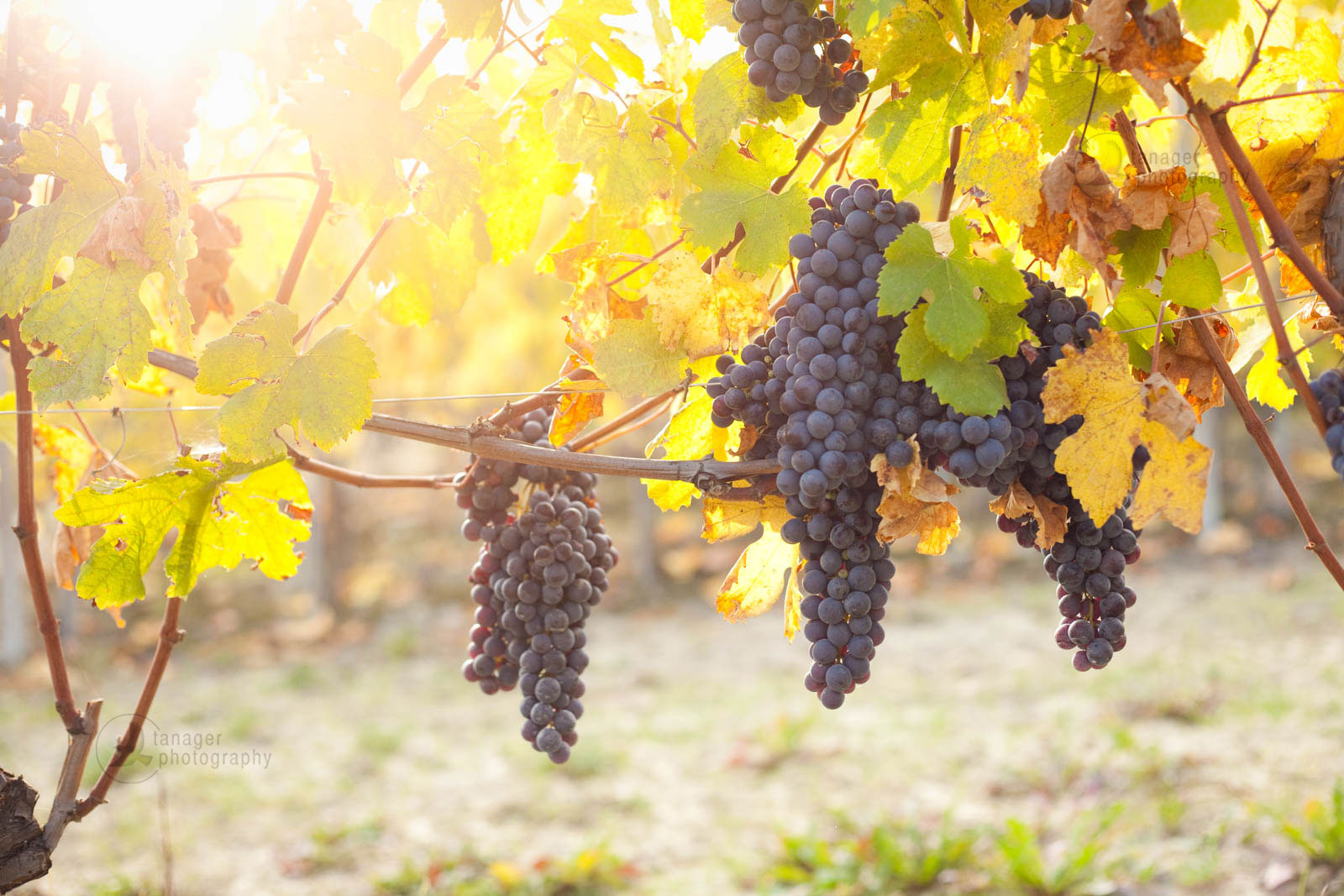
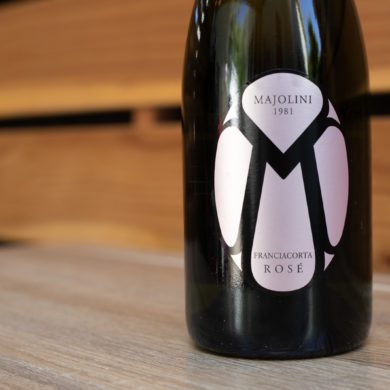

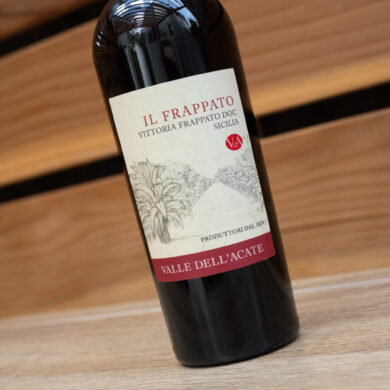
4 Comments